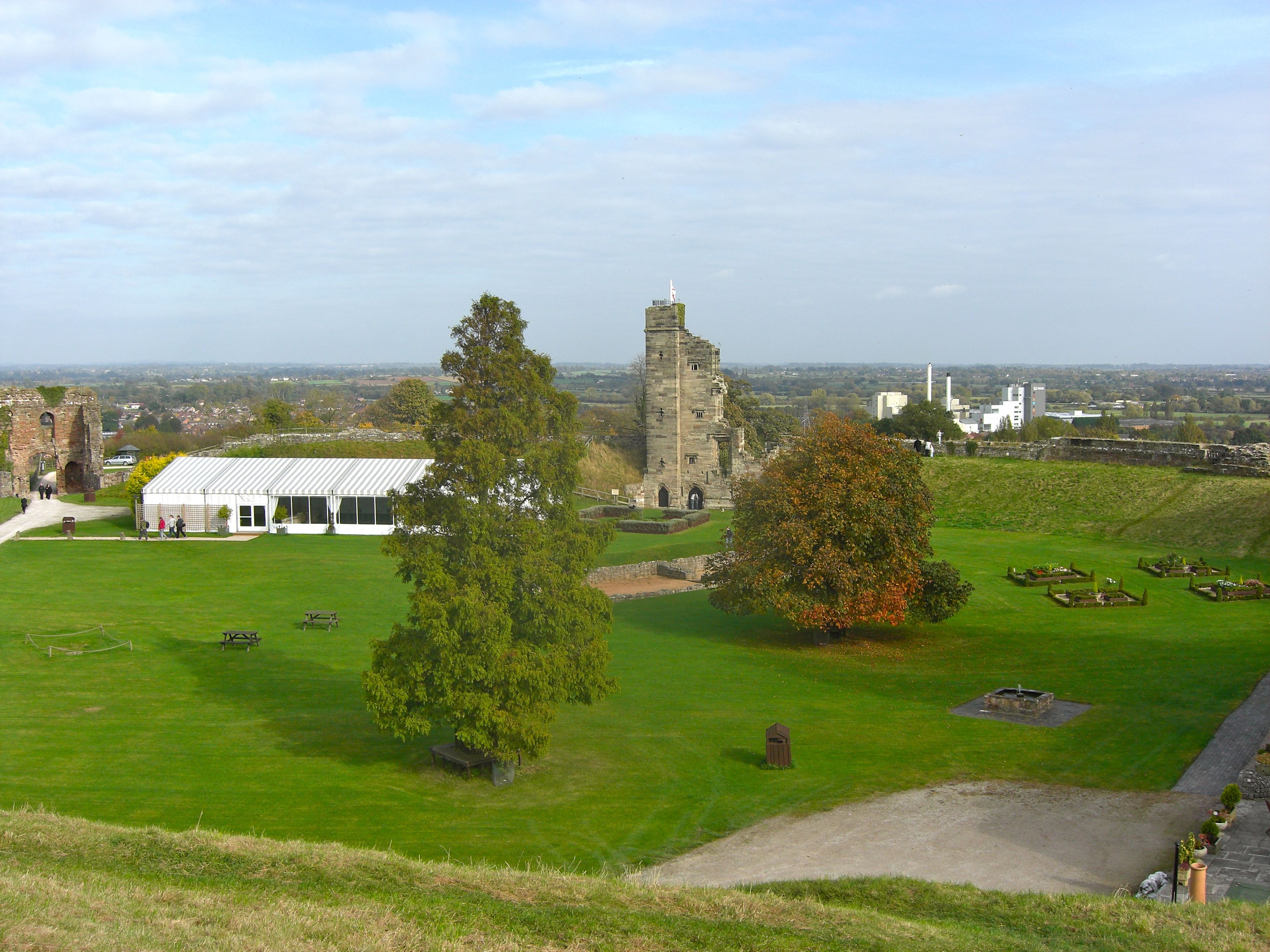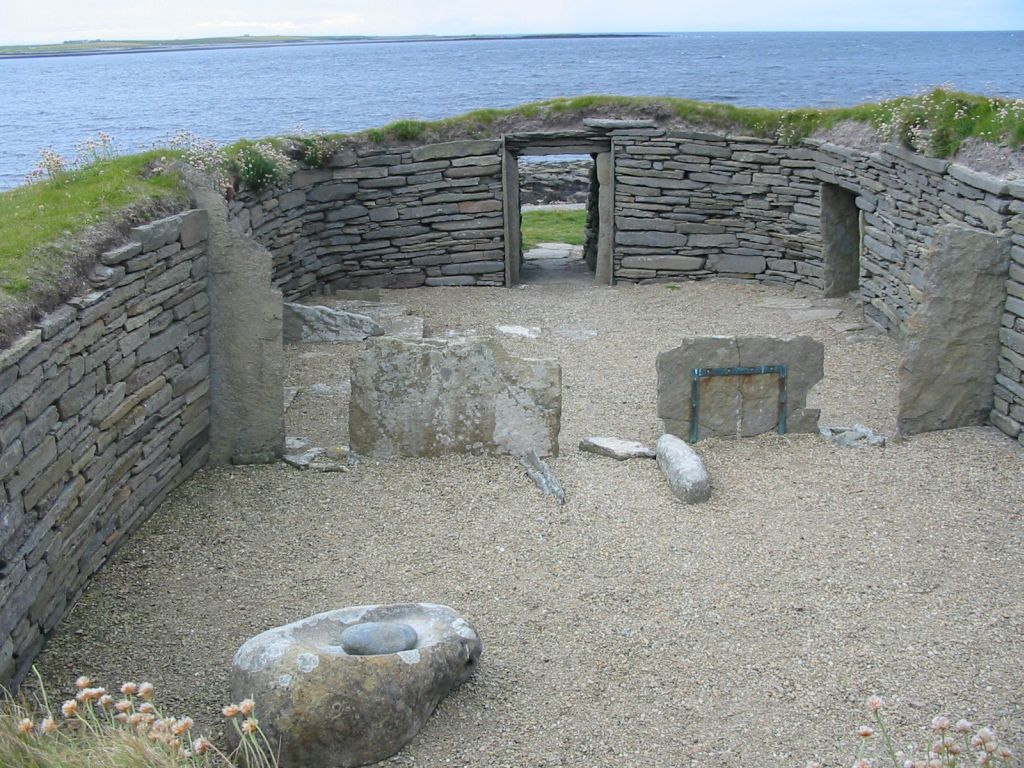|
Babington Plot
The Babington Plot was a plan in 1586 to assassinate Queen Elizabeth I, a Protestant, and put Mary, Queen of Scots, her Catholic cousin, on the English throne. It led to Mary's execution, a result of a letter sent by Mary (who had been imprisoned for 19 years since 1568 in England at the behest of Elizabeth) in which she consented to the assassination of Elizabeth. The long-term goal of the plot was the invasion of England by the Spanish forces of King Philip II and the Catholic League in France, leading to the restoration of the old religion. The plot was discovered by Elizabeth's spymaster Sir Francis Walsingham and used to entrap Mary for the purpose of removing her as a claimant to the English throne. The chief conspirators were Anthony Babington and John Ballard. Babington, a young recusant, was recruited by Ballard, a Jesuit priest who hoped to rescue the Scottish Queen. Working for Walsingham were double agents Robert Poley and Gilbert Gifford, as well as Thomas P ... [...More Info...] [...Related Items...] OR: [Wikipedia] [Google] [Baidu] |
Babington Postscript
Babington may refer to: *Babington family * Babington (surname) *Babington, Somerset, England, a small village between Radstock and Frome *Babington House, an example of Georgian architecture in Somerset, England *Babington Academy, a school in Leicester, England *Babington's tea room, a traditional English tearoom in Rome *Babingtonite, mineral named after William Babington * Babington Path, a road in Hong Kong See also *Babington Plot The Babington Plot was a plan in 1586 to assassinate Queen Elizabeth I, a Protestant, and put Mary, Queen of Scots, her Catholic cousin, on the English throne. It led to Mary's execution, a result of a letter sent by Mary (who had been imp ..., a 16th-century conspiracy in England * Babbington {{disambiguation ... [...More Info...] [...Related Items...] OR: [Wikipedia] [Google] [Baidu] |
Maliverey Catilyn
Maliverey Catilyn (or Maliverny Caitlyn, Malevery Catlin, Malivery Kattelyne, or other variations) was an English spy in Elizabethan England. Early life Little is known of Catilyn's family or early life, except that he had older brothers, which would normally have meant that he occupied a subordinate financial position. In around 1570, he joined the English army in the Netherlands under Colonel Thomas Morgan, but was forced to leave in 1585 or 1586 after a dispute with his superior. Government spy After leaving the army, Catilyn travelled to Rouen, where he was still living in the spring of 1586, gathering information on English Catholics in exile for the benefit of the English government, particularly the spymaster and principal secretary Sir Francis Walsingham. By the end of June 1586, Catilyn was in Portsmouth, acting as a prison spy, and he also spent some time in the Marshalsea for the same purpose. At around the same time, he worked with other spies, such as Gilbert Gi ... [...More Info...] [...Related Items...] OR: [Wikipedia] [Google] [Baidu] |
Tutbury Castle
Tutbury Castle is a largely ruined medieval castle at Tutbury, Staffordshire, England, in the ownership of the Duchy of Lancaster and hence currently of King Charles III. It is a Scheduled Ancient Monument. People who have stayed in the castle include Eleanor of Aquitaine and Mary, Queen of Scots, who was a prisoner there. History Norman origins Tutbury Castle became the headquarters of Henry de Ferrers and was the centre of the wapentake of Appletree, which included Duffield Frith. With his wife Bertha, he endowed Tutbury Priory with two manors in about 1080. It would seem that Tutbury at that time was a dependency of the Norman abbey of St Pierre‑sur‑Dives. Medieval era William de Ferrers, 3rd Earl of Derby joined a rebellion against Henry II in 1173–74 and Tutbury Castle was one of at least twenty castles belonging to the rebels that were slighted. The castle was "nearly destroyed" by Prince Edward in 1264 after the rebellion of Robert de Ferrers, 6th Earl of ... [...More Info...] [...Related Items...] OR: [Wikipedia] [Google] [Baidu] |
Safety Of The Queen, Etc
Safety is the state of being "safe", the condition of being protected from harm or other danger. Safety can also refer to the control of recognized hazards in order to achieve an acceptable level of risk. Meanings There are two slightly different meanings of ''safety''. For example, ''home safety'' may indicate a building's ability to protect against external harm events (such as weather, home invasion, etc.), or may indicate that its internal installations (such as appliances, stairs, etc.) are safe (not dangerous or harmful) for its inhabitants. Discussions of safety often include mention of related terms. Security is such a term. With time the definitions between these two have often become interchanged, equated, and frequently appear juxtaposed in the same sentence. Readers unfortunately are left to conclude whether they comprise a redundancy. This confuses the uniqueness that should be reserved for each by itself. When seen as unique, as we intend here, each term will a ... [...More Info...] [...Related Items...] OR: [Wikipedia] [Google] [Baidu] |
Privy Council Of England
The Privy Council of England, also known as His (or Her) Majesty's Most Honourable Privy Council (), was a body of advisers to the sovereign of the Kingdom of England. Its members were often senior members of the House of Lords and the House of Commons, together with leading churchmen, judges, diplomats and military leaders. The Privy Council of England was a powerful institution, advising the sovereign on the exercise of the royal prerogative and on the granting of royal charters. It issued executive orders known as Orders in Council and also had judicial functions. History During the reigns of the Norman monarchs, the English Crown was advised by a (Latin for "royal court"), which consisted of magnates, clergy and officers of the Crown. This body originally concerned itself with advising the sovereign on legislation, administration and justice. Later, different bodies assuming distinct functions evolved from the court. The courts of law took over the business of dispen ... [...More Info...] [...Related Items...] OR: [Wikipedia] [Google] [Baidu] |
George Talbot, 6th Earl Of Shrewsbury
George Talbot, 6th Earl of Shrewsbury, 6th Earl of Waterford, 12th Baron Talbot, KG, Earl Marshal (c. 1522/1528 – 18 November 1590) was an English magnate and military commander. He also held the subsidiary titles of 15th Baron Strange of Blackmere and 11th Baron Furnivall. He was best known for his tenure as keeper of Mary, Queen of Scots between 1568 and 1585, his marriage to his second wife Elizabeth Talbot (Bess of Hardwick), as well as his surviving collection of written work. Life and career Talbot was the only son of Francis Talbot, 5th Earl of Shrewsbury and Mary Dacre. In early life he saw active military service, when he took part in the invasion of Scotland under the Protector Somerset. He was sent by his father in October 1557 to the relief of Thomas Percy, 7th Earl of Northumberland pent up in Alnwick Castle. He then remained for some months in service on the border, with five hundred horsemen under his command. :s:Talbot, George, sixth Earl of Shrewsbur ... [...More Info...] [...Related Items...] OR: [Wikipedia] [Google] [Baidu] |
Pope Pius V
Pope Pius V ( it, Pio V; 17 January 1504 – 1 May 1572), born Antonio Ghislieri (from 1518 called Michele Ghislieri, O.P.), was head of the Catholic Church and ruler of the Papal States from 8 January 1566 to his death in May 1572. He is venerated as a saint of the Catholic Church. He is chiefly notable for his role in the Council of Trent, the Counter-Reformation, and the standardization of the Roman Rite within the Latin Church. Pius V declared Thomas Aquinas a Doctor of the Church. As a cardinal, Ghislieri gained a reputation for putting orthodoxy before personalities, prosecuting eight French bishops for heresy. He also stood firm against nepotism, rebuking his predecessor Pope Pius IV to his face when he wanted to make a 13-year-old member of his family a cardinal and subsidize a nephew from the papal treasury. [...More Info...] [...Related Items...] OR: [Wikipedia] [Google] [Baidu] |
Regnans In Excelsis
''Regnans in Excelsis'' ("Reigning on High") is a papal bull that Pope Pius V issued on 25 February 1570. It excommunicated Queen Elizabeth I of England, referring to her as "the pretended Queen of England and the servant of crime", declared her a heretic, and released her subjects from allegiance to her, even those who had "sworn oaths to her", and excommunicated any who obeyed her orders: "We charge and command all and singular the nobles, subjects, peoples and others afore said that they do not dare obey her orders, mandates and laws. Those who shall act to the contrary we include in the like sentence of excommunication." Among the queen's alleged offences, "She has removed the royal Council, composed of the nobility of England, and has filled it with obscure men, being heretics; oppressed the followers of the Catholic faith; instituted false preachers and ministers of impiety; abolished the sacrifice of the mass, prayers, fasts, choice of meats, celibacy, and Catholic ceremo ... [...More Info...] [...Related Items...] OR: [Wikipedia] [Google] [Baidu] |
History Of Scotland
The recorded begins with the arrival of the Roman Empire in the 1st century, when the province of Britannia reached as far north as the Antonine Wall. North of this was Caledonia, inhabited by the ''Picti'', whose uprisings forced Rome's legions back to Hadrian's Wall. As Rome finally withdrew from Britain, Gaelic raiders called the ''Scoti'' began colonising Western Scotland and Wales. Prior to Roman times, prehistoric Scotland entered the Neolithic Era about 4000 BC, the Bronze Age about 2000 BC, and the Iron Age around 700 BC. The Gaelic kingdom of Dál Riata was founded on the west coast of Scotland in the 6th century. In the following century, Irish missionaries introduced the previously pagan Picts to Celtic Christianity. Following England's Gregorian mission, the Pictish king Nechtan chose to abolish most Celtic practices in favour of the Roman rite, restricting Gaelic influence on his kingdom and avoiding war with Anglian Northumbria. ... [...More Info...] [...Related Items...] OR: [Wikipedia] [Google] [Baidu] |
William Cecil, 1st Baron Burghley
William Cecil, 1st Baron Burghley (13 September 15204 August 1598) was an English statesman, the chief adviser of Queen Elizabeth I for most of her reign, twice Secretary of State (1550–1553 and 1558–1572) and Lord High Treasurer from 1572. In his description in the ''Encyclopædia Britannica'' Eleventh Edition, Albert Pollard wrote, "From 1558 for forty years the biography of Cecil is almost indistinguishable from that of Elizabeth and from the history of England." Cecil set as the main goal of English policy the creation of a united and Protestant British Isles. His methods were to complete the control of Ireland, and to forge an alliance with Scotland. Protection from invasion required a powerful Royal Navy. While he was not fully successful, his successors agreed with his goals. In 1587, Cecil persuaded the Queen to order the execution of the Roman Catholic Mary, Queen of Scots, after she was implicated in a plot to assassinate Elizabeth. He was the father of Rob ... [...More Info...] [...Related Items...] OR: [Wikipedia] [Google] [Baidu] |





